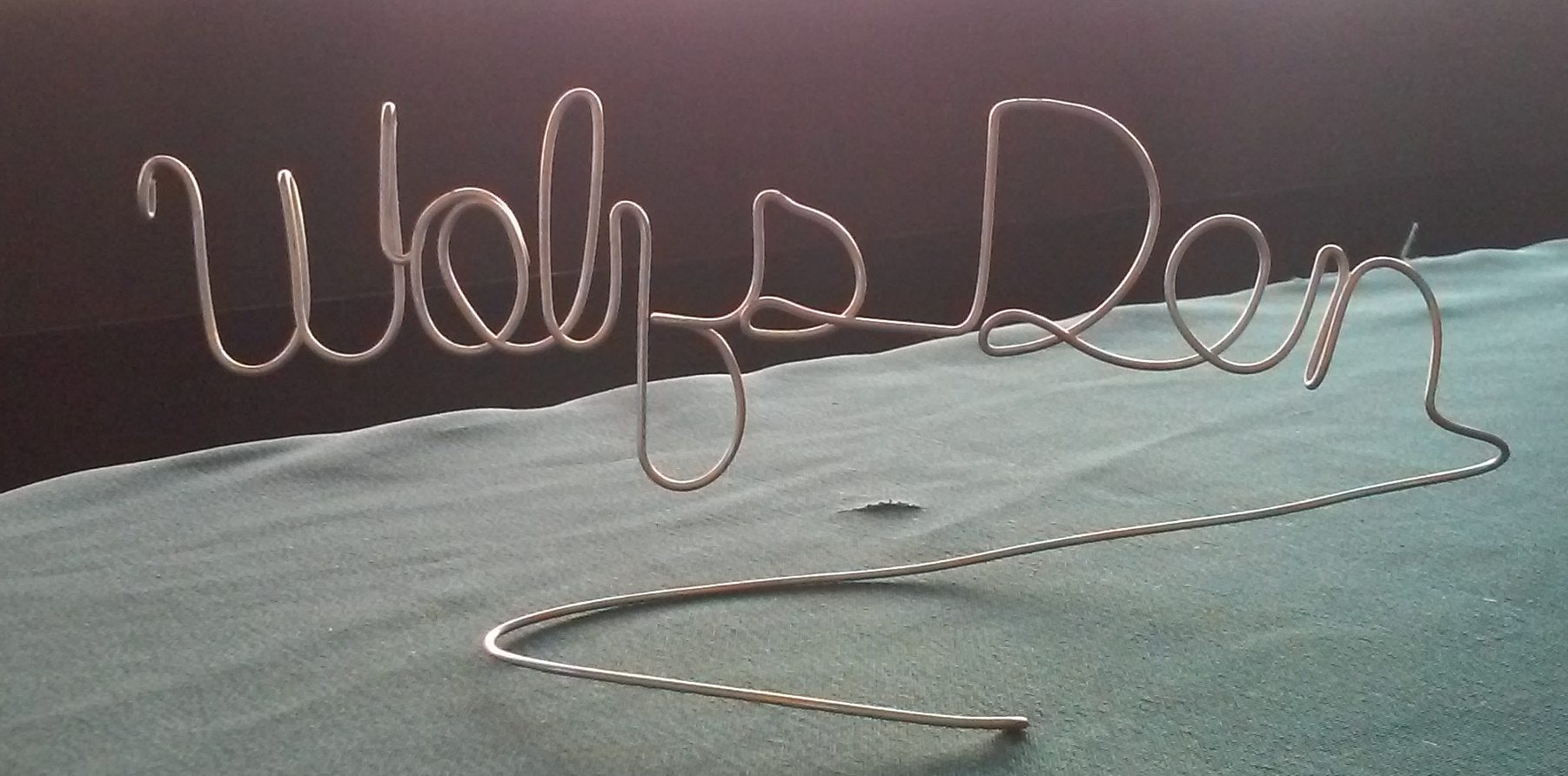Perception is all about the view, and the view is all about the perspective.
How much is too much?
I’ll share my inglorious opinion. Typically, when reading, I’m quick to grow impatient with narrative-fluffery. When crashing into an author’s paragraph or so of lavender, it better be good, creative, and thought provoking. I will, however, start skimming—even if it’s primo prose—when lavender fields stretch on into purple plantations. I don’t mind being ‘told’, as long as the telling is organic and clever… and the story has a good plot, of course!
Purple prose—I enjoy it, to a point. But like I said above, I’ll become impatient with overly long descriptions of the scenery. I’m quick to start skimming/speedreading when I’ve had enough of:
What that damn patch of white swamp lilies appears as in the moonlight on the undisturbed pond waters of (also detailed→) amphibian acoustics and how it all anchors to a boggy bottom that can’t, BUT WILL, compare to the recently listed endangered species of yellow mountain orchards. And whose closest relative, the orange mountain orchid, is also succumbing to poachers, and will soon follow on that federally approved list… (Wait, why are mountain orchids growing in a swamp? I’ll wonder before I don’t give a shiz anymore because now I’m reading…) about how stark a contrast there is when effervescent moonlight spills on the darkness of romantic toads, croaking out their finest ballads on leathery, jade-colored lily pads, as they’ve done for eons, since way back when Herculean reptiles ruled the Serengeti, and how it all reminds the main character of his/her first sexual experience on that spaceship to the Pleiades… (Oh, finally! We’re getting somewhere…) Nope. No such luck. Because now I get to read, after this teaser, how the mc spotted (nope, not even a woolly mammoth—out of time and out of place—to keep my interest) another swamp plant that I don’t give a rat’s arss about that I’ll have to read through skim because it’s compatible to comparing to a blanket of moss on a nearby boulder—a boulder deposited by some random glacier that had retreated during the last ice age, which will also pique my interest, but won’t be discussed any further because now we’re going to learn all we never wanted to know about the soundless wingbeats of nocturnal birds!
When is it not enough?
I said this once to a writer friend: “No ‘green’ trees! Go outside and look at a tree. Is it tall? Skinny? The big fat gnarly-knotted thunder-thighs trunk kind? Eucalyptus? Japanese Red Tips? Wispy-leafed ‘name of a common local’ tree, each stuffed with ten years of bird nests?”
*Note: Sometimes it’s just “a tree”. If your story takes place in some enchanted forest, please don’t ‘fancy-up’ every damn tree in that forest… just let a tree be a tree!
Clearly, you can’t go into rich description with every object, location, and person in your story because the word count would quickly explode. You have to pick and choose your description battles wisely. Some readers want a detailed layout of the land; they want to ‘see’ what you, the creator, sees (like a Henri Rousseau, Claude Monet, or Isaac Levitan landscape/pastoral painting). Other readers want vivid descriptions of the characters they’re getting to know, such as the characters’ external appearances and a deeper delving into their motivations and thought processes (like a Norman Rockwell snapshot-like painting of everyday life). More often than not, readers want and expect a perfect blend of both: rich, engaging characters and beautifully framed scenery (like a Pierre-Auguste Renoir—a sensuality of color and light commingling with people and environment).
*Tip: Just because you find something interesting… doesn’t mean everyone does. For example: If you’re into backyard composting, resist the temptation to write ‘yourself’ into your character/s. Most readers don’t want a two-page long dissertation on the finer points of composting every uneaten bite of asparagus.
That said, don’t let this fact stop you from writing it initially. Simply keep in mind that you’ll probably end up cutting a vast swath of it during edits! In other words, you can have a character who is into composting (if you know a lot about it, then that’s less research work on you), just don’t turn your work of fiction into a how-to DIY manual. This write-descriptions-initially-trim-in-edits concept is an excellent strategy to employ throughout the manuscript. When you get to the editing phase, let relevance be your friendly guide of what stays (because it’s relevant), what’s cut entirely (it’s irrelevant), or what gets moved to somewhere else in the story (has more relevance in the ‘chapter 7 scene’).
*One more tip and then I’ll shut up: Remember, there are FIVE senses. Don’t spend your descriptions solely on the visuals (sight). Smell, touch, hearing, and taste should have a ‘voice’ in your story as well.

